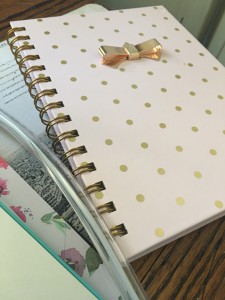I had a conversation with someone the other day about self care and it went something like this:
“Self care for me sometimes just means I get to take a shower. Or I show up only 20 minutes late to something instead of 45.”
I get it. People sometimes think I don’t get it because I frequently talk about my daily journaling ritual or morning yoga practice. While I do journal every day with very few exceptions, (more about that in tbis post) I don’t always get on the mat in the mornings. In fact, many mornings go by without any type of practice at all. And yes, there are days when taking a shower seems like a luxury given what I have going on. Or I fall onto the couch at 8pm, realizing I put off filling out a questionnaire before an early morning doctor’s appointment the following day. These days feel chaotic. Or I beat myself up for procrastinating. I can REALLY beat myself up for procrastinating. I sense that I am ashamed of my inability to get things done in a timely or chaos free manner.
I recommend that clients set aside an appointment time for self care just like the would for any other meeting. And honor it just like it was an appointment with a client, boss or colleague. But realistically, I know that’s not always possible. Especially during really busy seasons like the one we have just entered.
Self care isn’t always fresh flowers, massages, binge-watching Netflix time or a weekend getaway.
Self care isn’t always perfect. It is always whatever you need in the moment to get by, to prevent something or to listen to your body when it’s crying out to eat, drink a cup of hot tea or even just hydrate with plain water.
Self care can be just listening to a playlist while you work or drive to that appointment you’re running late for so your mood is lifted.
Self care can be prioritizing your list and taking things off of that list that just aren’t going to happen. And forgiving yourself immediately because it’s just going to have to be that way right now.
Self care is sometimes just the simple act of saying to your overwhelmed self, “I’m sorry it’s so chaotic right now. I promise as soon as I can breathe, I will go for a walk or take in a movie.” And then honor that promise.
Self care can be just taking 45 minutes to get your flu shot because if you don’t, you may get the flu and then have even LESS time on that to-do list as you recover. (And not freaking out if you thought it would only take 10. )
Self care just looks like taking a few breaths. Maybe setting a reminder to take a few breaths three times a day.
Or standing in the rain or raising your face to the sun – for just 5 minutes.
Don’t beat yourself up over what self care looks like. Just make it look like whatever you can manage today. Even if that’s just taking a shower.


